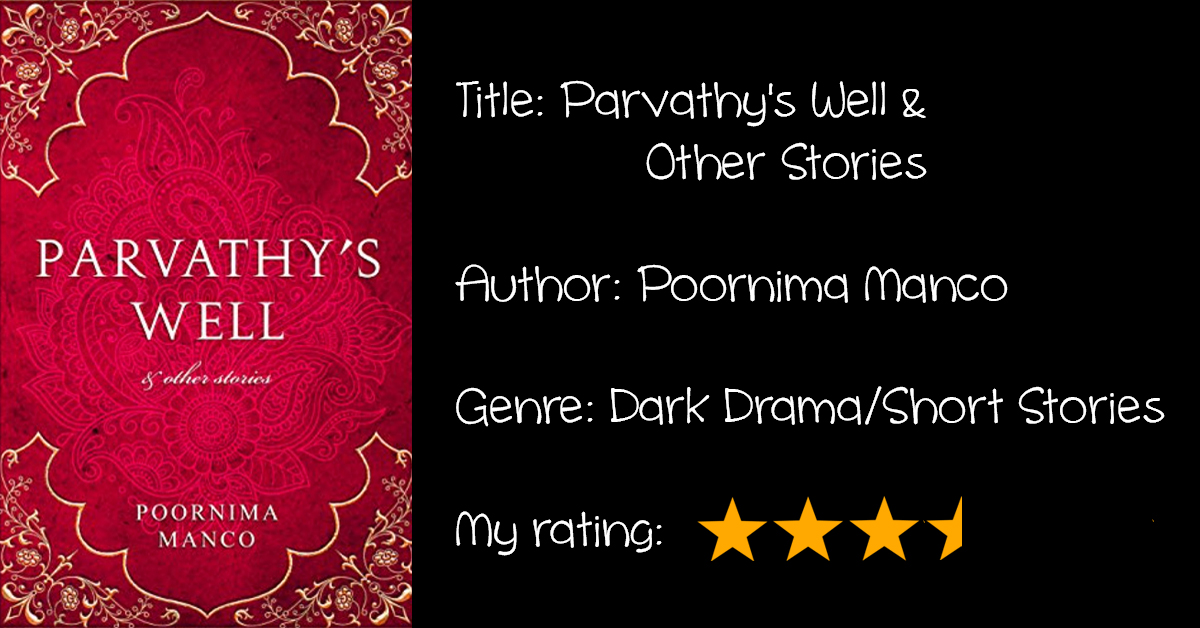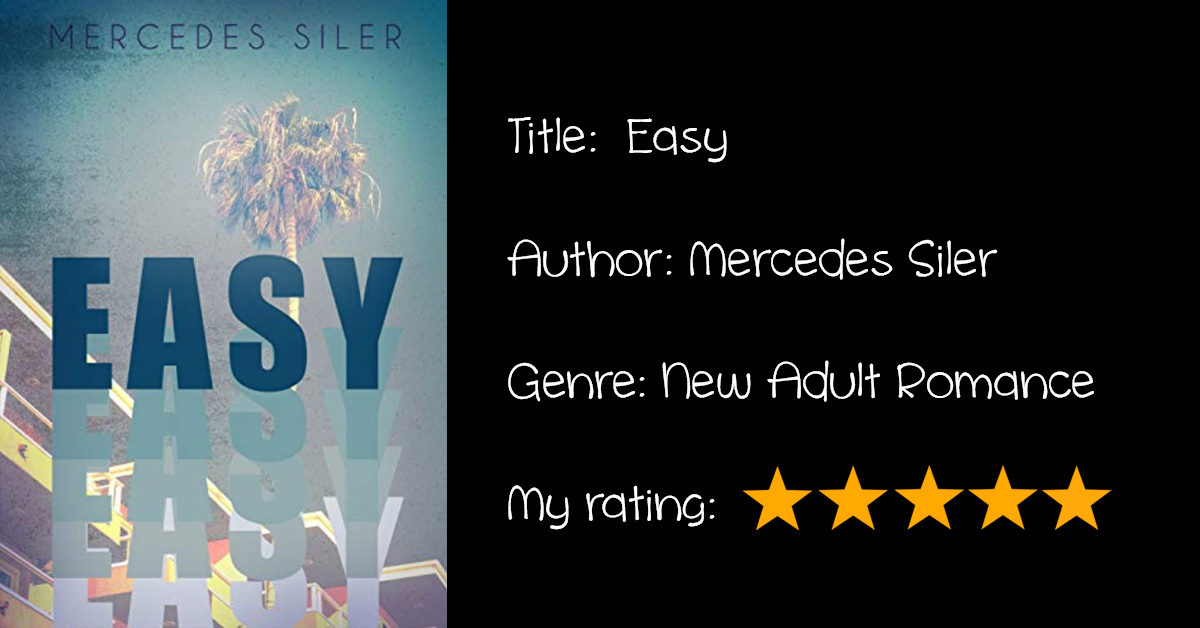Review: “Parvathy’s Well & Other Stories”
I first came across this author after reading her novel “A Quiet Dissonance“, and when I signed up for her newsletter I was directed to review other books she had written. I chose this short-story collection because I was in the mood for something distinctly different from what I had read from her before, but still with the enticing flavour of the cultural Indian backdrop.
The Premise
Parvathy’s Well
The collection opens with its namesake “Parvathy’s Well” which is told from the point of view of a young child who lives in her own fantasies and is largely disregarded by her family. A “late, surprise entrant into the world”, she hovers on the edges of the family life, and she is often told to “go and play” — which she does, by her well. Observing the relationships between the adults, especially her Amma (mother), her Appa (father), and another relative, she unwittingly reveals a dark secret and does not fully understand its implications — except that it affects her precious well.
Lajjo
This story chronicles a life of drudgery for a poor maidservant, who largely despises the family she looks after. As she serves her employers, she reminisces about her own family — her younger sister, her deceased mother, and her father who remarried. As her employers’ lavish wedding event unfolds, she marks time while feeling “like a marionette, strings jerking [her] everywhere”. She snidely thinks of the marriage as “two major industrialists coming together” in a merger, rather than a marriage.
Scorched
Told from multiple points of view, this story examines a family’s life from all angles. Bored of married life, Muthuswamy lusts after his wife’s teenage sister. Pushpalata despises the creepy old man, but loves the child he created with her sister, and also adores her older sister. The older sister Saraswathi, however, thinks of her as a “thorn in her side” and is just grateful for the help with childcare. When Muthuswamy’s desire takes over, the ensuing events erupt into an unlikely end.
Morality
Narang intends to put an end to corruption, meaning that the workers would no longer receive kickbacks when awarding the contract to the highest bidder. When the “worker bee” of the group Chopra stumbles upon a tender that doesn’t add up, Bhambri advises that it is his meal ticket — either Narang “joins the club, or gets thrown out of it. Win win.” Both Chopra and Narang struggle with the “morality” of this political matter when presented with the option — to cover up or not to cover up?
Heaven and Hell
Playing a game “Heaven and Hell” is the anchor point of the innocence of a group of young children. Sparrow often antagonises Avinash, saying he looks like a girl, and his mother abandoned him. A haunted house in the neighbourhood becomes a point of interest, with the challenge that whoever does not show up is coward. They do all show up — but what they find is not a ghost at all, but a dark family secret.
Hijra
Hijra means “eunuch” or “half-man, half-woman” — persons with these characteristics are outcasts in Indian society. The motley crew of eunuchs band together, perform, singing and dancing, dressed in sarees — an accepted “caricature” of a woman. To some, they are the amalgamation of Lord Shiva and Goddess Parvati, divine beings able to confer blessings on a newborn baby — and to others, they are an unwelcome and embarrassing abomination.
The Pros
Told from the point of view of many characters in Indian society, these entirely separate stories weave a collection of tales that range among different ages, classes and genders. Each is told in such a way that the reader puts together part of the narrative that isn’t explicitly stated.
Of the six, my favourites were “Parvathy’s Well” and “Scorched” which bear some similarities in their subject matter and dark end. I also liked “Hijra” which was so beautifully written — a heartfelt look at both ends of the spectrum of the way eunuchs are viewed in society.
The writing style throughout the collection is captivating in what it shows and hides amidst its words, and the stories themselves are a journey through the senses as we can easily picture the lives of all these characters. I loved the way that a dark flash of humour was sprinkled even in a tragic tale, and the magical way of recounting “adult” events through the eyes of children.
The Cons
My least favourite was “Morality” which seemed like it didn’t belong somehow, as it moved away from the family atmosphere of all the others and veered into politics.
I also found that “Heaven and Hell” was told in a confusing way with a lot of extra information, and I had to re-read it to follow it properly. The storyline also echoed “Parvathy’s Well” so I felt like I had read it already, but much better the first time around (as I thoroughly enjoyed that one).
Conclusion
Overall, the rich descriptions, interwoven language snippets, and the insights into Indian culture combine to create a pleasure to read, even when the stories meander down a dark corner that I wasn’t expecting. I enjoyed reading each of them, particularly the way they unfold with a surprise element.
Though I had my personal favourites and didn’t like others quite as much, the collection as a whole was a complex, brilliant tapestry of Indian culture, giving a view of the dark side that is often not shown in Bollywood films or discussed openly in society. I would highly recommend to other readers who are looking for something to make them think, reflect and experience another culture.








